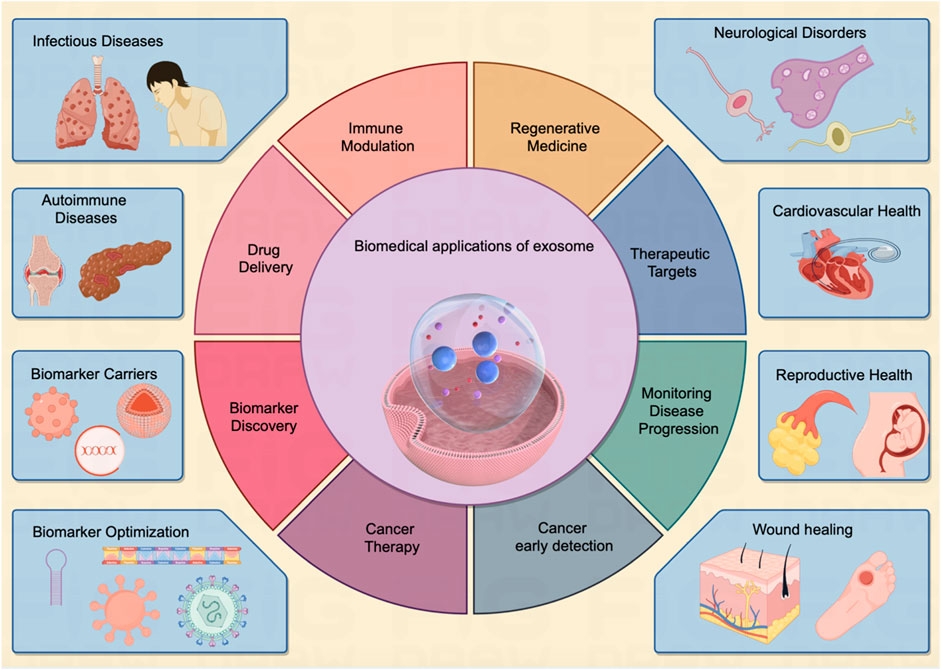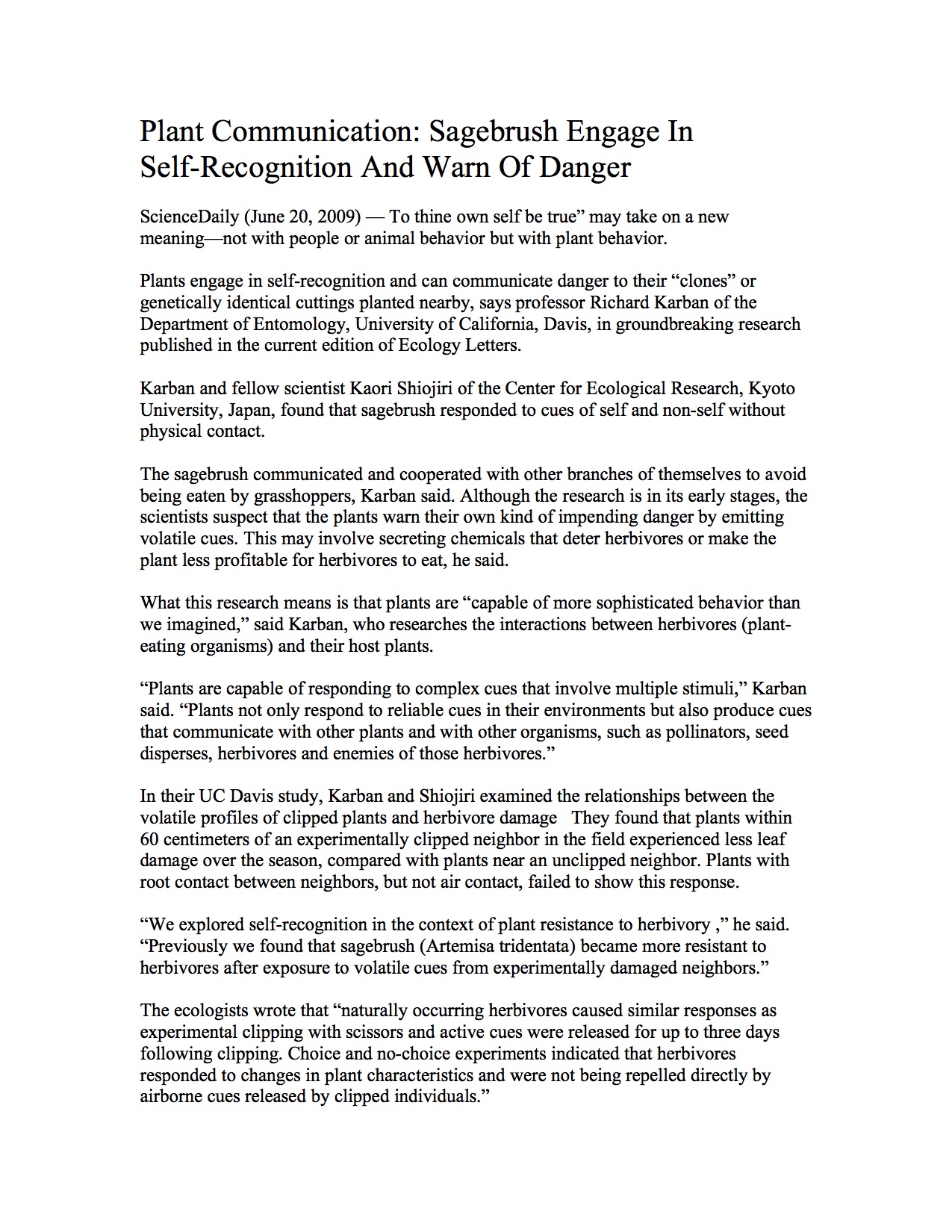
Sustainable Development Goals (SDGs)
Article: Connection Found Between Accelerated Biological Aging and Rising Cancer Rates in Younger Adults
Researchers investigating the reasons behind the increasing incidence of certain types of cancer in younger adults have discovered a potential link to accelerated biological aging.
Aging is a major risk factor for many types of cancer, meaning that the older a person gets, the higher their chances of being diagnosed. However, experts now recognize that age is not simply determined by the number of years lived, but also by the wear and tear on the body caused by lifestyle, stress, and genetics. This concept, known as biological age, has prompted researchers to explore its application to younger generations.
Dr. Yin Cao, an associate professor of surgery at the Washington University School of Medicine in St. Louis and senior author of the study, presented their findings at the American Association of Cancer Research’s annual conference in San Diego. She stated, “We all know cancer is an aging disease. However, it is really coming to a younger population. So whether we can use the well-developed concept of biological aging to apply that to the younger generation is a really untouched area.”
Factors of Biological Aging
Cao and her team analyzed the medical records of 148,724 individuals aged 37 to 54 who are part of the UK Biobank data registry.
They focused on nine blood-based markers that have been shown to correlate with biological age:
- Albumin: a protein produced by the liver that declines with age.
- Creatinine: a waste product in blood produced by protein digestion and the breakdown of muscle tissue; lower levels correlate with better longevity.
- Glucose: blood sugar levels tend to stay higher for longer after meals with age.
- C-reactive protein: produced by the liver in response to inflammation; higher levels correspond to faster aging.
- Lymphocyte percent: the concentration of white blood cells related to immune function tends to decrease with age.
- Mean cell volume: a measure of the average size of red blood cells, which increases with age.
- Red cell distribution width: the difference between the size of a person’s smallest and largest red blood cells, which tends to increase with age.
- Alkaline phosphatase: an enzyme produced mainly by the liver and bones that tends to increase with age.
- White blood cell counts: numbers of white cells in the high end of the normal range in the blood may correspond with greater aging.
These nine markers were used in an algorithm called PhenoAge to calculate each person’s biological age. The researchers then compared individuals’ biological ages with their chronological ages to determine accelerated aging.
The researchers also checked cancer registries to identify individuals in the study group who had been diagnosed with early-onset cancers, defined as cancers appearing before the age of 55. They found nearly 3,200 such cases.
The study revealed that individuals born in 1965 or later were 17% more likely to exhibit accelerated aging compared to those born between 1950 and 1954.
Implications for Cancer Risk
After adjusting the data for potential biases, the researchers discovered that accelerated aging was associated with an increased risk of cancer. The strongest associations were observed for lung, stomach and intestinal, and uterine cancers.
Compared to individuals with the least amount of accelerated aging in the study sample, those with the highest scores had twice the risk of early-onset lung cancer, over 60% higher risk of gastrointestinal tumors, and over 80% higher risk of uterine cancer.
Although the study did not investigate the reasons behind these specific cancer types’ strong links to accelerated aging, Ruiyi Tian, the graduate student who led the research, proposed some theories. Tian suggested that lungs may be more vulnerable to aging than other tissues due to their limited regenerative capacity. Additionally, stomach and intestinal cancers have been associated with inflammation, which increases with age.
While the study’s large sample size is a strength, it also has limitations. The participants were not followed over time, and the blood test results provided only a snapshot of risk. Ideally, researchers would be able to track individuals for years, taking multiple blood samples to obtain a more accurate assessment of their risk trajectory.
Dr. Anne Blaes, a researcher studying the impact of biological aging in cancer survivors at the University of Minnesota, expressed excitement about the study’s results. She believes they could lead to improved identification of individuals at higher risk of developing cancer at a young age. Currently, young adults without a family history or other risk factors are not routinely screened for most types of cancer.
Blaes noted that identifying individuals with faster aging cells could also enable targeted lifestyle interventions such as nutrition, exercise, and sleep. Additionally, medications known as senolytics, which target and eliminate damaged and aging cells, show promise in slowing down accelerated aging.
While further research is needed to determine who would benefit most from these medications, assessments of accelerated aging like PhenoAge may one day help doctors identify individuals who would benefit from such interventions.
Dr. Blaes concluded, “It’s super interesting. It’s not quite prime time, where we would go out and prescribe those medications for people, but this is really, really important work.”
SDGs, Targets, and Indicators
SDGs Addressed:
- Good Health and Well-being (SDG 3)
Targets Identified:
- Target 3.4: By 2030, reduce by one-third premature mortality from non-communicable diseases through prevention and treatment and promote mental health and well-being.
Indicators:
- Indicator 3.4.1: Mortality rate attributed to cardiovascular disease, cancer, diabetes, or chronic respiratory disease.
The article discusses the connection between accelerated biological aging and the rise of certain types of cancer in younger adults. This issue is directly related to the goal of Good Health and Well-being (SDG 3), which aims to ensure healthy lives and promote well-being for all at all ages.
Based on the content of the article, the specific target under SDG 3 that can be identified is Target 3.4, which focuses on reducing premature mortality from non-communicable diseases through prevention and treatment and promoting mental health and well-being.
The article mentions that accelerated aging is associated with an increased risk for cancer, particularly lung, stomach and intestinal, and uterine cancers. Therefore, the indicator that can be used to measure progress towards Target 3.4 is Indicator 3.4.1, which measures the mortality rate attributed to cardiovascular disease, cancer, diabetes, or chronic respiratory disease.
| SDGs | Targets | Indicators |
|---|---|---|
| SDG 3: Good Health and Well-being | Target 3.4: By 2030, reduce by one-third premature mortality from non-communicable diseases through prevention and treatment and promote mental health and well-being. | Indicator 3.4.1: Mortality rate attributed to cardiovascular disease, cancer, diabetes, or chronic respiratory disease. |
Behold! This splendid article springs forth from the wellspring of knowledge, shaped by a wondrous proprietary AI technology that delved into a vast ocean of data, illuminating the path towards the Sustainable Development Goals. Remember that all rights are reserved by SDG Investors LLC, empowering us to champion progress together.
Source: cnn.com

Join us, as fellow seekers of change, on a transformative journey at https://sdgtalks.ai/welcome, where you can become a member and actively contribute to shaping a brighter future.






